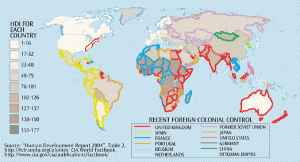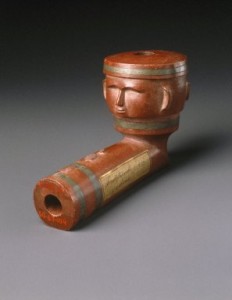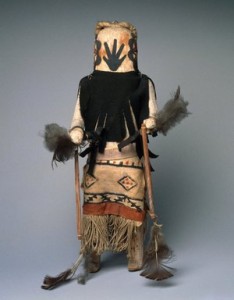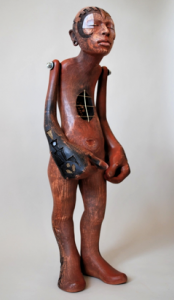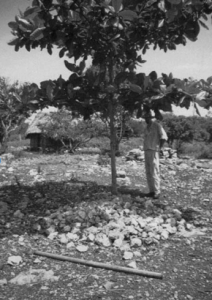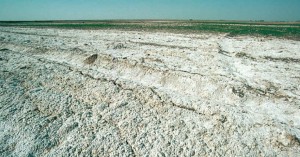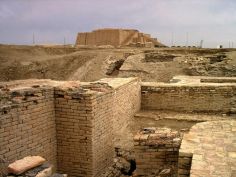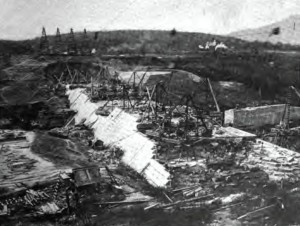Since the Age of exploration and discovery, western civilizations have extended their political and economical influence to the rest of the less-developed world through colonization. The technologic progresses during the industrial revolution further accelerated the speed of colonization and facilitated the implantation of western power in the colonies. With no doubt, the western dominance in the colonies’ politics and economy also encroached the culture and art of indigenous people. A great many natives under colonization gave up their traditional ways of living and crafts-making and embraced the western counterparts.
In the contemporary society where diversity and multiculture are advocated, decolonization in political field is on the way. Many countries in Africa and Asia became independent during the mid twentieth century. However, the decolonization of indigenous art encounters with loads of challenges, because the cultural stereotypes deeply imprinted prevent people from respecting and appreciating them. The native American art is just the case, as shown more evidently in the Brooklyn museum.
Their works of art are rarely exhibited. Among the total twenty long-term exhibitions in the Brooklyn museum, only two are relavant to native Americans, which are Life, Death, and Transformation in the Americas and Small Wonders from the American Collections.
Even there are only two, their works of art are not in independent sections. Life, Death, and Transformation in the Americas focus more on Maya and Aztec, with a smaller portion on native Americans, while Small Wonders from the American Collections focus more on European settlers. The mixed display of native American arts with other art forms admittedly helps the visitors to compare for the stylistic and symbolic similarities and differences, but it also invariably lessens their attention to native American arts.
The location is another challenge. The two exhibitions are located in the fifth floor, while in the four floors below there are African, Asian, Egyptian, European and modern arts. Usually visitors start from the first floor, so the exhibitions there are commonly the most popular. Similarly, the fewest visitors will go to fifth floor. Even they do, they are likely very tired and will only skim the exhibits instead of looking closely.
Last but not least, the contemporary arts of native Americans are missing. There is not even one piece of them in the Contemporary Art Galleries and in American Identities: A New Look, Modern Life. The indigenous arts did not disappear in modern world. On the contrary, they are thriving in rich forms, such as ceramics, paintings, sculptures and hides. Also, the contemporary native American arts are indispensable, because only with them can we find out the continuity on forms and styles through history. There is no reason to be excluded.
There could be a solution to the challenges in museum. Like Paul Chaat Smith, to be a curator or to establish a museum as a native American may help spread and preserve native American arts. But still it is a long way.
________________________
Sources:
Brooklyn Museum: http://www.brooklynmuseum.org/home.php
contemporary north american artists: http://contemporarynativeartists.tumblr.com
Paul Chaat Smith: http://www.paulchaatsmith.com
Image 1
http://www.theglobaleducationproject.org/earth/images/final-images/h-hdi-colony-map.gif
Image 2
http://www.brooklynmuseum.org/opencollection/objects/63521/Inlayed_Pipe_Bowl_with_Two_Faces
Image 3
http://www.brooklynmuseum.org/opencollection/objects/131381/Kachina_Doll_Anahoho
Image 4
http://contemporarynativeartists.tumblr.com

